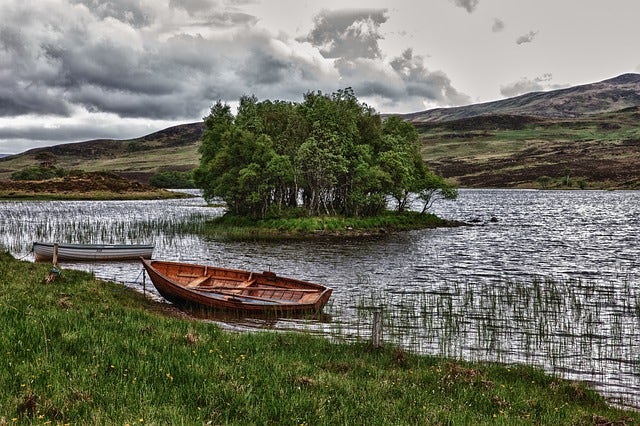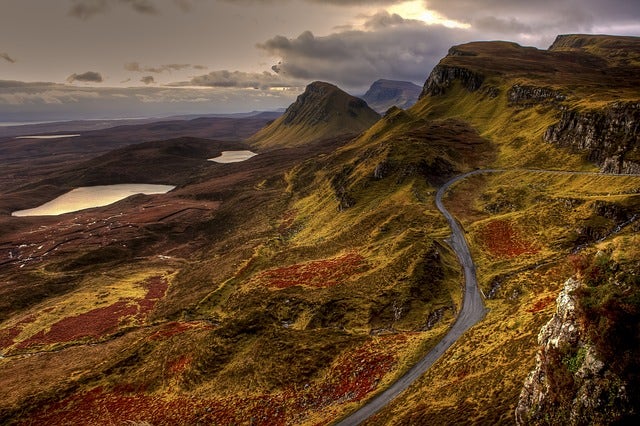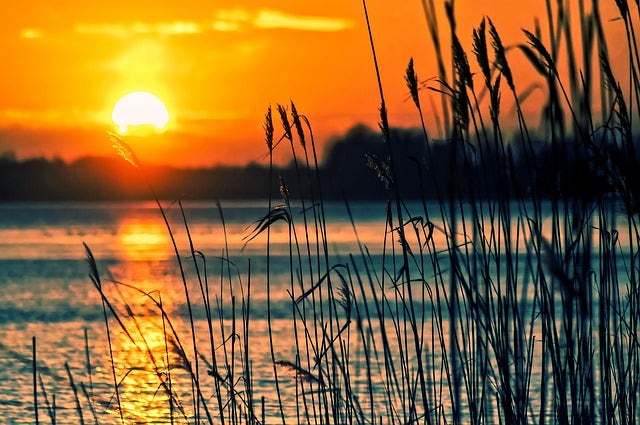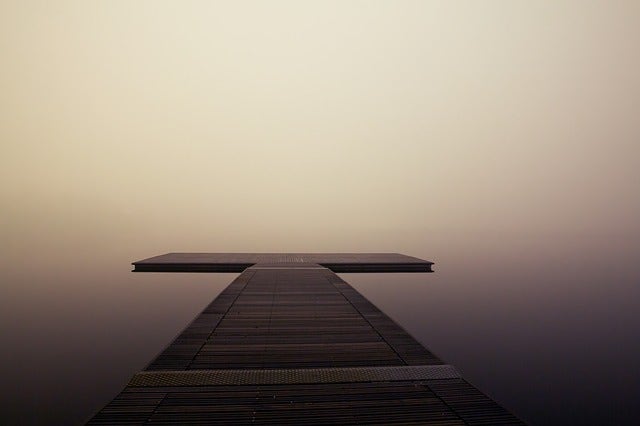
Undulating hills and valleys, captivating seascapes, jagged shorelines, metropolis skylines…this world is full of emotive, powerful landscape images. The glass-half-full in us would say that everything we see is a beautiful landscape waiting to be caught on camera.
But the tricky step is capturing this natural beauty. Like trying to find a four-leaf clover or trying to tackle a sheep, taking the perfect pic can be elusive. But we hope these five tips can help you take better pictures, more often.

Timing
The quality of light makes a massive difference. Often we hear photographers swearing by the light in the early morning and during the last remnants of the afternoon, near sunset.
There’s a reason they call these two portions of the day ‘the magic hour’, or the golden hour. And it’s more than just a pretty name.
See, during the magic hour – which is not necessarily an hour – sunlight travels through a greater depth of atmosphere, reducing the intensity of the direct light so the content is illuminated more by the indirect light. The result of this is a more reddish light and longer shadows.
As William Shakespeare once said, it’s better to be “three hours too soon than a minute too late,” which is good logic to apply to your landscape photography aspirations, although we reckon being an hour too soon should suffice.

Did you know? Filmmaker Terrence Malick uses the technique extensively in his films, shooting many scenes during this time.
Location
Finding the perfect spot requires a little preparation and scouting. Simply walking 10 minutes one way or the other can improve the final product significantly.
Instead of seeing this as a burden, we like to see this as an adventure. Much like love or happiness, half the fun’s in the pursuit, the journey.
One good way to start is to see how other photographers have composed their photos of a favourite landscape of yours. For example, if you want to snap the Sydney Opera House from afar, check out all the different angles and positions that others have used and work out which you like best and why.
Then, once you have a vision of how you want your photo to look, get out there and do the legwork. You may find it incredibly addictive and fulfilling.
Composition
A basic understanding of the ‘rule of thirds’ and other simple elements can help immensely. Even having a good concept of symmetry will aid you.
While photography should always have an element of instinctiveness, it pays to know how to compose a landscape in an interesting way and how to entice us into your picture.
Consider the angles and how each shape and line interacts with each other. If you’re taking a picture of a lake with a meadow in the foreground and mountains in the background, make sure you include all three central elements. Then try to find a meandering path or some sort of focal point. Boom, you’re almost there.

Equipment and editing
Of course, the camera and the lens you use affect the end product and we could spend a whole blog post solely on the best cameras to take landscape photographs with (hey, that gives us an idea!).
But for now, a DSLR is often the best candidate for the job. They’re reliable and durable, they allow you to change your lens easily while avoiding loads of cumbersome equipment, which benefits the many landscape photographers who walk or ride long distances.
As a guide, we’ve gone for the Canon EOS 70D, mostly because it features stronger image quality than the cheaper Canon DSLRs and comes with a vari-angle screen, which comes in handy. Alternately, try the Nikon D5500.
If you’ve ever been to a photographer’s convention, you’ll know that late night bar talk invariably includes at least one debate about photo editing. Some swear by it, others loathe its artificial enhancements and such.
The fact is that a bit of cropping and a few minor touch ups can really boost your photograph to the next level so play around with some of your photos and see if you can make them look even more beautiful.
Take the pic!
With the advent of digital, you don’t need to worry about how many pictures you take. Whereas before you were reliant on (often expensive) rolls of film, now all you need is a good memory drive and you can snap away like a crocodile, to your heart’s content.
Naturally, the more you take, the higher the chance of success.
We really hope you get out there and take some great landscape shots. We’d love to see how they turn out so send them through to us via Facebook or Twitter, or browse our selection of fantastic camera products here.

